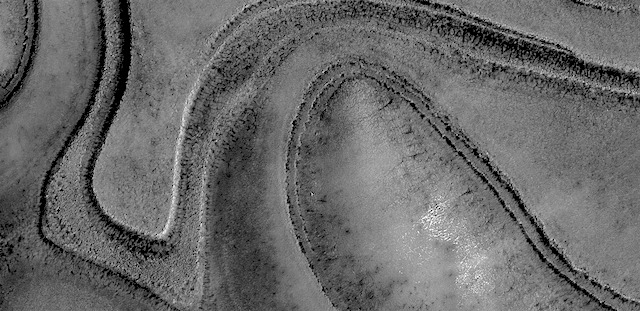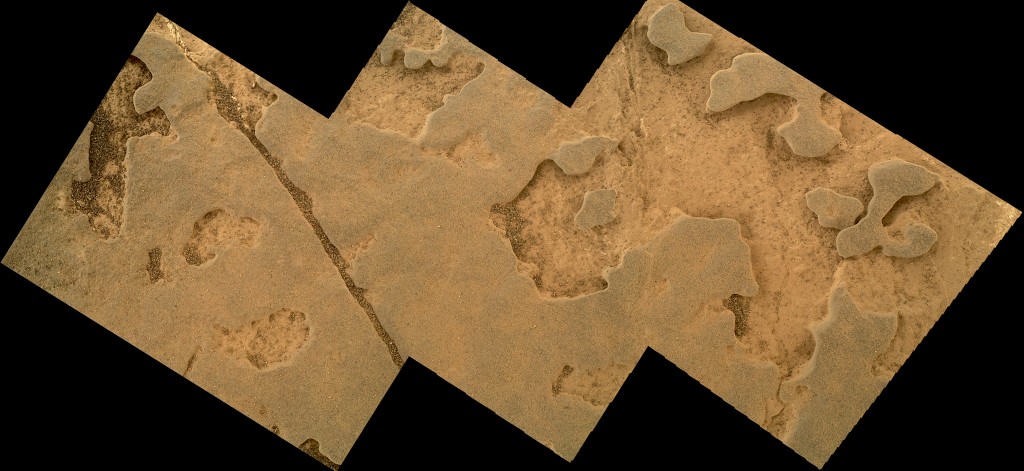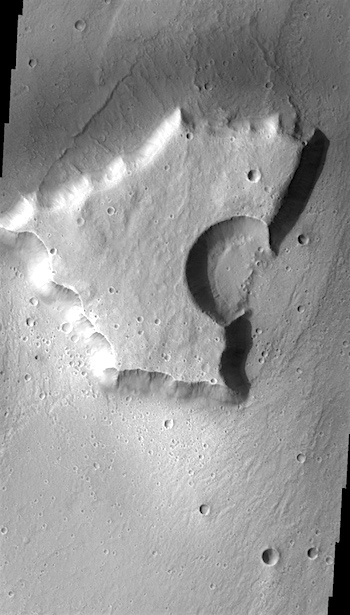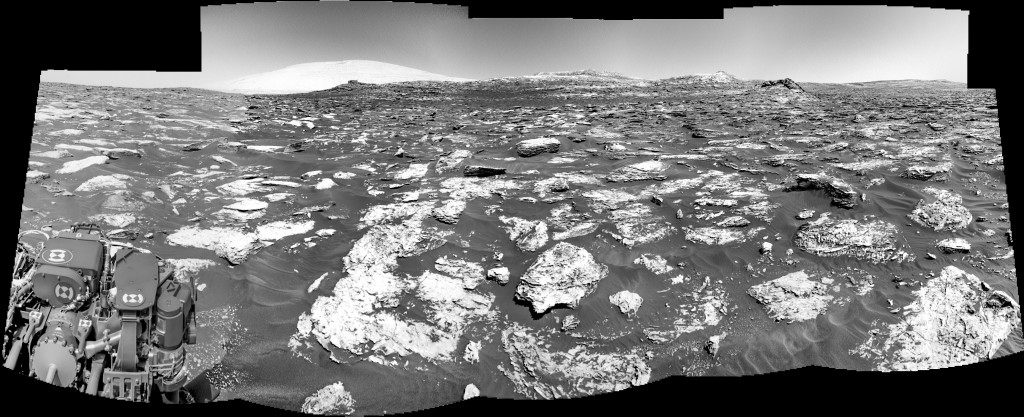 Sol 1729-31, June 17, 2017, update by MSL scientist Abigail Fraeman: The drive on Sol 1728 was successful, and our weekend plan will be chock-full of activities. On the first sol, we will do some contact science on the rather colorful workspace that is currently in front of the rover. We will be collecting MAHLI and APXS observations of two targets, “Frazer Creek” and “Lurvey Spring.” We will also collect some ChemCam observations of “Mark Island” and Frazer Creek plus the corresponding Mastcam documentation images of these targets. Finally, we will take a full multispectral filter Mastcam observation of Mark Island, as well as additional Mastcam images of targets “Big Spencer Mountain” and “Monument Cove.”
Sol 1729-31, June 17, 2017, update by MSL scientist Abigail Fraeman: The drive on Sol 1728 was successful, and our weekend plan will be chock-full of activities. On the first sol, we will do some contact science on the rather colorful workspace that is currently in front of the rover. We will be collecting MAHLI and APXS observations of two targets, “Frazer Creek” and “Lurvey Spring.” We will also collect some ChemCam observations of “Mark Island” and Frazer Creek plus the corresponding Mastcam documentation images of these targets. Finally, we will take a full multispectral filter Mastcam observation of Mark Island, as well as additional Mastcam images of targets “Big Spencer Mountain” and “Monument Cove.”
Curiosity will wake up around 3 in the morning between the first and second sols of the plan to make a special observation of Mars’ moon Phobos. We are going to watch Phobos as it emerges from Mars’… [More at link]

















